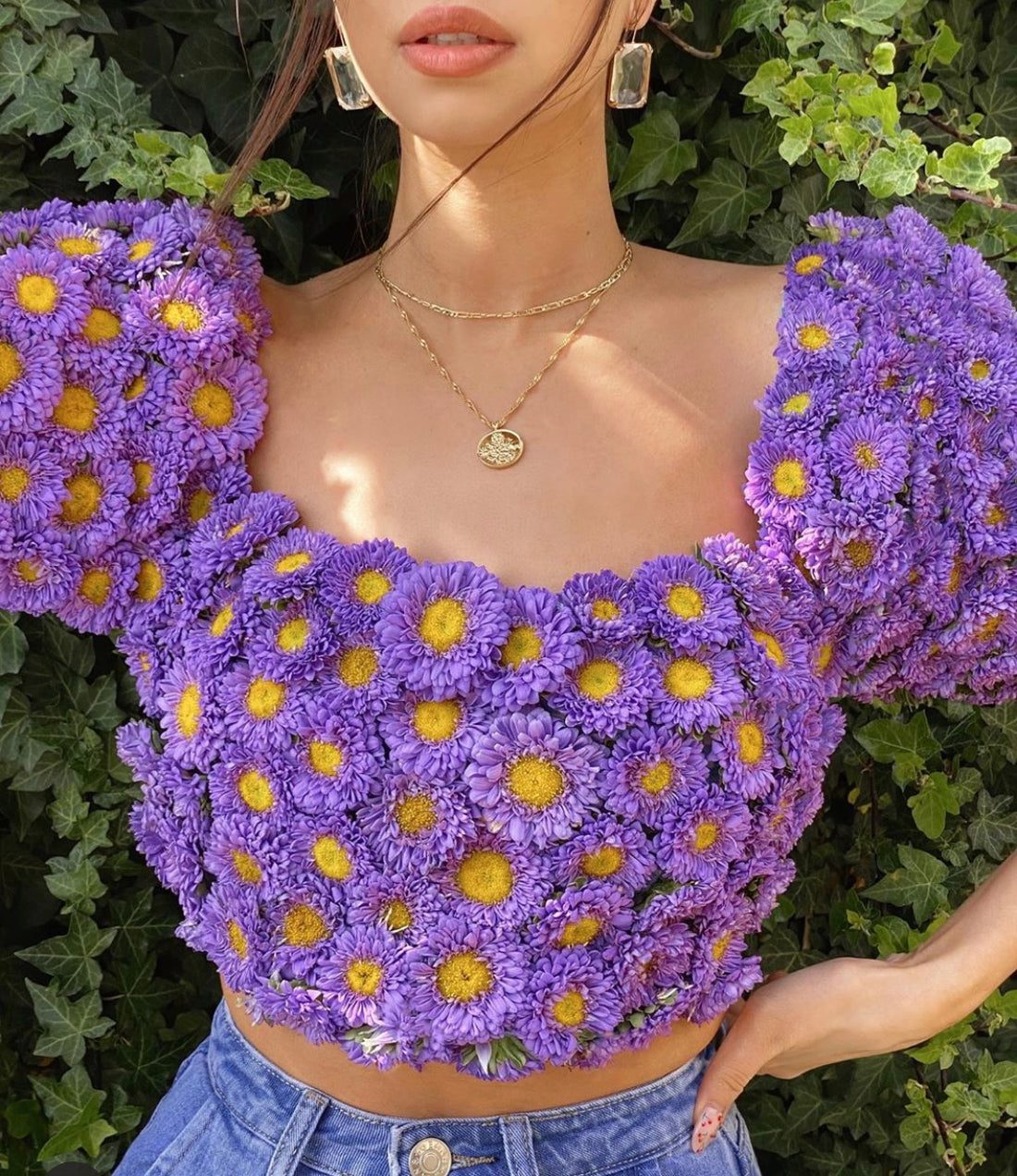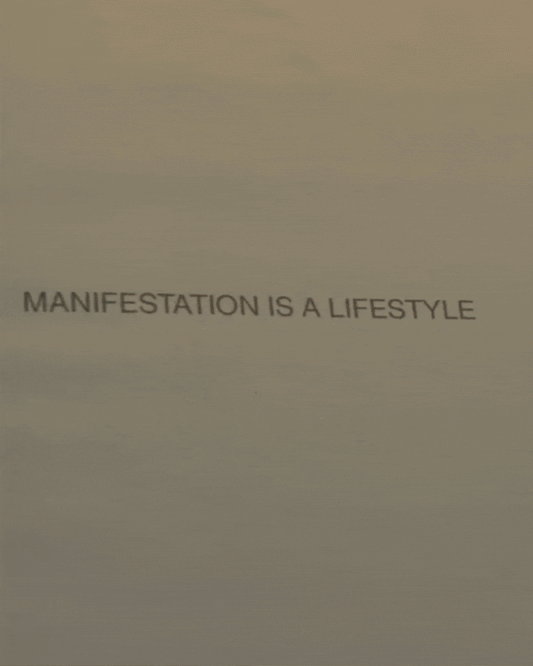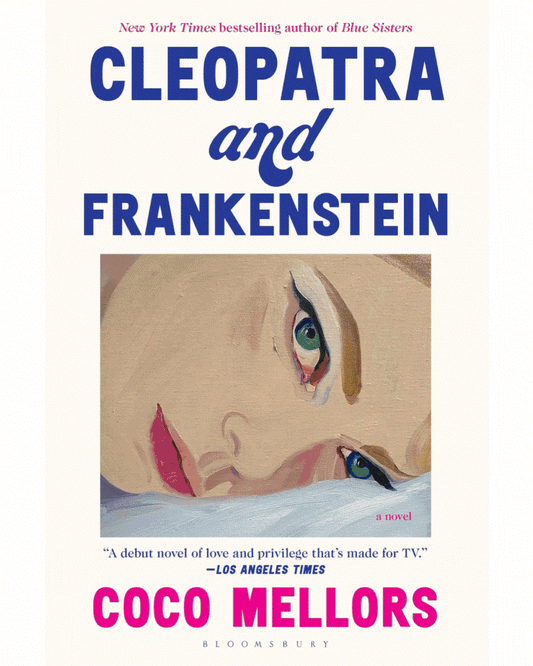
New Innovative Sustainable Fabrics
Sustainable fashion exists as a better alternative to fast fashion. Also known as slow fashion, it gives attention to alternative practices and products that can be sustained for decades, in contrast to fast fashion’s quick production and consumption system.
Slow fashion addresses the entire fashion process, from sourcing materials, fabric production, manufacturing of apparel, customer consumption, and responsible disposal. Sustainable fashion aims to produce items while avoiding the depletion and pollution of natural resources.
Change Starts At The Root: Fabric
To address the problem that fast fashion created, brands need to start at the root of the industry— fabric. The question now is what makes fabric sustainable?
Sustainable fabric deals with more than just longevity and reusability. Some durable fabrics use toxic dyes, some natural fabrics are not sourced sustainably, and some biodegradable fabrics are made using labor and animal exploitation.
Sustainable fabrics in fashion are characterized by minimizing waste and relying on renewable resources to produce textiles. This results in responsibly made fabric that can last for years and be discarded without harm.
Knowing that sustainable fashion starts with the right fabric choices, which common fabrics fit the bill?
Least Sustainable Fabrics
@neylenegiysek
Polyester, acrylic, nylon, and spandex are all petroleum-based fabrics, which are easy to manufacture and cost less than natural fiber choices. During production, the process used to convert oil into synthetic fibers releases so much greenhouse gas that it contributed to why fashion beats out the carbon footprint of air travel and maritime shipping combined.
Not only does this produce toxic waste, but the harm done unknowingly continues with the consumer. Washing these fabrics releases thousands of microplastic into the water. These pollutants are released into ocean ecosystems for fish to consume and, subsequently, transfer to humans. Being a non-biodegradable synthetic fabric, this textile will survive for thousands of years even after being discarded in a landfill.
On the other side of the same coin, conventional cotton is a plant-based fabric that isn't much better than synthetic fabrics.
Common cotton practices require obscene amounts of water to grow the plant, which leads to toxic water waste invaluable natural water resources. Cotton plants are also grown using chemical fertilizers and harsh pesticides to ensure a fruitful harvest. This damages water sources and can cause sickness in cotton laborers and neighboring communities.
These conditions are the case for most conventional fabrics that use natural plant and animal fibers, not limited only to cotton.
Most Sustainable Fabrics

@inamorata
Fortunately, not all common fabrics are made with that same level of destruction.
Sustainable plant-based fabrics include organic cotton, pineapple leather, lyocell, organic linen, and organic hemp. These fabrics must not be mistaken for their inorganic and less sustainable counterparts.
Not all plant-based fabrics meet sustainability requirements. Similar to how there is a huge difference between conventional cotton and organic cotton, it's best to know where your fabric is coming from.
Organic plant-based textiles will have been farmed with as little water waste as possible while also avoiding the use of chemical fertilizers and toxic pesticides. These use renewable and natural resources responsibly.
An easy trick to differentiate these textiles is by checking the company. No company will advertise unethical practices but brands who go the extra mile to ensure that sustainable practices are performed under their name will be transparent about it.
Recycled fabric such as econyl and recycled polyester is the better alternative to nylon and similar oil-based textiles. These fabrics are made using plastic waste from the ocean and are manufactured ethically. It takes abundant plastic waste and transforms it into something new.
Upcycled clothing is usually made from previously discarded fabric that has been repurposed into a wearable and usable product. This prevents adding more fashion waste to landfills and provides a circular fashion alternative to discarded fast clothing.
The Future of Sustainable Fabric
The future of sustainable fabric is bright with brilliant minds and partnerships coming together to enact a healthy change in fashion, adjusting how they source materials, produce textiles, and how it would affect consumers. Here is a sustainable fabrics list, with additional sustainable fabric treatments being used for positive change.
Seaweed Fiber
@thepangaia
As a globally abundant renewable resource, having seaweed play a crucial role in new sustainable fabrics is an invaluable step forward.
Seaweed fiber fabrics contain a blend of organic cotton, lyocell, and seaweed particles. This combination results in a soft and moisture-absorbent fabric that produces little waste during its life.
Lyocell, a main component of this fabric, is made with a low-waste process largely involving eucalyptus trees. By using eucalyptus, which is a completely renewable resource, this tree-based fabric is created without the need for excessive irrigation and pesticides. This production process is also extremely sustainable since it makes use of recycled water and reused solvent.
The innovative mix of seaweed, lyocell, and organic cotton results in a completely biodegradable fabric alternative to spandex and lycra for activewear.
Mylo Leather
@boltthreads
Mylo Leather is a certified biobased fabric made from mycelia, an abundant natural resource that is crucial in healthy ecosystems.
If it sounds familiar but you’re unsure of what it is, you most likely heard about mycelium while learning about fungi in high school biology!
Mycelium is the part of the fungus that grows outwards to transport necessary moisture and nutrients to the main organism. This white substance is crucial to the survival and growth of a fungus and, with modern research, mycelium has now also become a sustainable alternative leather resource.
Mylo is dedicated to having a completely sustainable process that minimizes carbon footprint from Mylo leather production to product manufacturing, and product distribution. Even brand partnerships have been carefully vetted to ensure complete sustainability as this vegan leather becomes available to the world.
Some of the carefully chosen Mylo partner brands include Adidas, Lululemon, and Stella McCartney. All of these have been chosen due to their strong brand vision and values alignment with Mylo’s. These partners will be the final frontier for Mylo leather to reach consumers.
Microsilk
@boltthreads
Traditionally, silk is made from a process called sericulture, where raw silk fibers are extracted by boiling silkworms pupating in cocoons. Although a beautiful and luxurious material, there is no going around the fact that it involves the death of innocent creatures.
Due to this controversial process, Microsilk was developed as a cruelty-free silk alternative. This fabric is produced with much less damage and results in an even better silk textile.
Microsilk is inspired by a spider’s natural silk proteins. Spider silk fibers are not only soft and smooth, but they are also stronger and more durable than traditional silk fibers. After careful study of spider silk fibers and proteins, this was sustainably replicated at a large scale using bioengineering, yeast, sugar, and water.
At the end of the process, the produced Microsilk would be a sustainable alternative to rayon, acrylic, and traditional silk.
The best part? While it's inspired by spider silk, Microsilk fabric production makes zero use of actual spiders! This makes Microsilk a stronger silk fabric that is completely harmless to animals and is biodegradable.
FLWRDWN
@thepangaia
Thermal outerwear is a necessity during the cold months but the materials used to make these are, more often than not, unsustainable and incredibly harmful to the planet.
Most winter outerwear makes use of either animal down, which can harm animals, or polyester, which is non-biodegradable and a huge waste-producer.
The sustainable alternative to this is FLWRDWN, a loose vegetable-originated fiber that is the first of its kind.
FLWRDWN is made from organic wildflowers, a maize-based biopolymer, and biodegradable aerogel. These three ingredients result in a lightweight, durable, and extremely cozy insulating textile.
The wildflowers grow without the need for irrigation and pesticides, also helping to conserve local fauna before being sustainably harvested and dried to harness their down-like properties.
These dried wildflowers are then mixed with a maize biopolymer, which is fully compostable and is manufactured with 80% fewer greenhouse gases than other polymers. The last addition is the biodegradable aerogel, to increase thermal insulating capabilities.
With FLWRDWN, people stay warm without adding to global warming in the process.
3D Knitting
@rothys
3D knitting is an innovative apparel manufacturing technique that eliminates waste by reducing fabric scraps.
As traditional knitting makes full use of yarn to create a scarf or a sweater, 3D knitting takes this idea and elevates it by developing a machine that knits items to an exact shape using a digital pattern.
Since it is precisely knit to size with a machine, no fabric is wasted in the creation of the final product. This technology completely changes the game for apparel manufacturing.
One company that has optimized 3D knitting is Rothy’s, which produces seamlessly knit shoes using organic fibers. By factoring out fabric patterns and knitting each pair of shoes to an exact shape, the end product becomes flexible, durable, washable, and contributes zero waste to landfills.
PPRMINT
@thepangaia
More than just changing how fabrics are produced, there is also a need to change common fabric treatments.
PPRMINT is a peppermint oil-based treatment that lessens bacterial growth and neutralizes odor to hygienically lessen the number of washes of each PPRMINT treated item. By lessening the laundry load, water and energy are saved while the item is with the consumer.
Previous odor-neutralizing textile treatments included silver, toxic metals, and excessive water in the process, all of which threaten the integrity of the planet's water sources.
PPRMINT is a non-toxic alternative to mainstream fabric treatments. This is derived from the Mentha Piperita plant, which is grown worldwide and allows oil extraction using only steam, no need for solvents and harmful chemicals.
Peppermint oil is a natural odor neutralizer that is slowly being incorporated into more and more apparel items. It helps make sustainable fabric textiles last even longer with the consumer, extending the item’s lifespan and conserving water and energy resources.
Botanical Dyes
@thepangaia
Other than odor neutralizers, fabrics and textiles are also subject to color treatments.
Traditional colorant formulas include harsh chemicals and involves a treatment process that uses copious amounts of water. After treatment, this water waste is then flushed into natural water systems. Not only do these chemical dyes produce egregious water waste, but much of it is toxic and can result in a poisoned ecosystem.
A sustainable fabric dye alternative takes us back to our roots by using botanical dyes.
Botanical dyes rely on natural colorants and pigments derived from sustainably farmed fruits and vegetables. These produce a biodegradable dye that results in non-toxic water waste, which is then reused for other processes. Since there are no harsh chemicals in the formula, it subsequently releases fewer toxins when washed and worn.
Contrary to popular belief, botanical dyes do not sacrifice color saturation for safety. With the proper process conducted, botanical dyes result in a vibrant fabric in a wide range of colors and shades.
This dye is undoubtedly the better colorant alternative for all parties involved.
@pepideboissieu
New innovative sustainable fabrics and textile treatments are researched and developed every day. This evolving field is rapidly gaining traction thanks to growing consumer demand and shifting social awareness of top fashion players. We are extremely excited to see where mainstream brands will take these innovative fabrics in the fashion world.












